How the new Nintendo Switch OLED model compares to the Switch V2? - TechnW3
Huge screen improvement, slight upgrades everywhere else.
The Nintendo Switch OLED model is the latest Switch iteration and although it's not the "Switch Pro" with the improved processing power and resolution capabilities that many wanted, it does boast several improvements over the original Switch as well as the Switch V2. The biggest difference is the 7-inch OLED display, which has less bevel and makes images come through brighter and crisper. But what other differences are there? I'm here to go through every change whether big or small and have provided dozens of pictures for side-by-side comparisons.
To compare against the OLED model, I used my Nintendo Switch V2, which has the bright green Joy-Cons and its accompanying black dock. My Switch V2 has been used for hundreds if not thousands of hours, so excuse the worn-down look of the casing and the dust in the dock's interior. Enough talk! Let's get to it!
Eye candy
Nintendo Switch OLED model
$350 for White at Best Buy $350 for Neon Red & Neon Blue at Best Buy
Gorgeous OLED display
Visuals from your favorite games can be enjoyed even more this bigger 7-inch screen. The colors come through more vibrantly and the details are crisper than with previous Switch iterations.
Some things to know OG Switch vs Switch V2 vs Switch OLED model
Before you read any further, it's important to know that this is the third hybrid Switch iteration we've seen so far. The original Switch released in 2017, but then Nintendo quietly released an upgraded model in 2019 that looked identical but had much-improved battery life. This improved Switch was referred to as the Switch V2 by a few retailers and thus the internet made that its name. Finally, we have the OLED model that just recently hit store shelves.
I'll be referencing these three devices to each other throughout the course of this comparison, so it's important to understand the differences.
Is the new OLED model designed differently from previous Switch consoles?
It sure is. The biggest difference is the larger 7-inch OLED screen, which reduces the bevel around the console display by quite a bit. We recently learned with the Switch's 13.0.0 update that the Switch OLED model dock can also actually receive updates. This is interesting considering that the original Switch dock could not.
There are also changes to the kickstand, dock, and even the buttons on the console itself. Let's dive into these differences one by one.
New Switch OLED model vs. original Switch Are the screens really that different?
The OLED model has the same exact resolution capabilities as previous Switch hybrids: up to 1080p when docked and up to 720p in handheld mode. However, anyone who holds an OLED model in their hands and compares it to an original Switch or the Switch V2 will notice a strong difference.
The screen has a far smaller bevel, which does a lot toward making the image that appears look a whole lot bigger. Additionally, the OLED display shows colors off so much more vibrantly with deeper blacks and brighter hues. Not to mention, that lines around characters, words, and objects come through a whole lot sharper than they do on previous Switch displays. I did my best to get a picture of the difference, but images really don't do justice to what it looks like in person.
Switch OLED model Dock
One of the things that surprised me was seeing that the OLED model dock's inner cradle lets the Switch OLED model sit lower by a few centimeters. That might just be enough wiggle room to let it fit into a narrow media stand shelf a little more easily. The cradle is also reflective and glossy looking on the OLED model while it is very drab and matte on previous docks.
Either side of the dock has the same openings, ports, and lights, although they are shaped a little differently from each other.
The small power light on the front side of the dock is much smaller on the new Switch OLED model. Additionally, the protective wall that covers the Switch screen has a more rounded curve on top while the previous Switch docks are more angular.
This top-rounded design continues on the backside of the dock. The opening on the back panel intended for cables to pass through has also gotten a nice curved upgrade that continues this curved theme.
When you open the dock's flap, it's immediately obvious that some other changes took place. Some things have moved and angled lines point to one side in the OLED model giving it a more distinguished look.
The strangest thing about the new OLED model is that the dock's back flap isn't attached. It just pops right off instead of having a hinged door like the previous dock does. This can make it easy to lose, but considering that the dock will likely stay in one place for most of it's life, this likely won't be much of a problem for most people.
The last big difference with the Switch OLED model dock is the inclusion of a LAN port. This is actually the very first Nintendo console to feature a direct Ethernet connection and should make playing online multiplayer games in docked mode a lot more consistent.
Switch OLED model Buttons, kickstand & microSD card slot
The cartridge slot and air vents have gotten a new look with the Switch OLED model. They're relatively small differences, but altogether it makes the newer console look a whole lot fancier.
The same thing goes for the power and volume buttons. Instead of being a circle like it was before, the power button now has an oval shape and is a little easier to press in (not that it was hard to do on previous Switch consoles). The volume buttons are narrower and have a more sleek look to them as well.
The kickstand is by far the biggest difference on the backside. I never liked the original flimsy flap that served on the first two Switch iterations. It looks like a garage hack job and it wasn't very sturdy. However, the stand on the OLED model goes along the entire back of the console and gives the Switch a more professional-looking feel. During my time testing it, I haven't once felt like my Switch would fall over.
Another awesome thing about the kickstand is that it can hold the Switch OLED model up in several slightly different degrees. All you have to do is use your fingernail to pull open the flap and then move it as far as you'd like. There is just a perfect amount of resistance so that it doesn't take any work to get it at the angle you want, but enough resistance that it won't extend any further on its own.
As with the original model, the microSD card slot is under the kickstand on the left backside of the console. It feels well protected this way. Not to mention it's not nearly as much of a struggle to lift the kickstand out of the way to access it. My kickstand on my V2 tends to stick and so I've chipped off quite a bit of the plastic where my fingernail has to go in.
The Switch OLED model's 64GB of internal storage is twice that of any previous Switch. However, this still isn't a lot of room. That's only about enough space for five to six large games, so you ought to invest in a memory card.
New Switch OLED model vs. original Switch Battery life & processing power
The Nintendo Switch OLED model has the exact same battery life and processing power as the Nintendo Switch V2. That means that they load up games at the same rate and offer the same frames per second (FPS), which on average is about 60 FPS on the Switch, Switch V2, Switch Lite, and Switch OLED model. But this changes depending on the game you're playing and the settings in place.
Just like the Switch V2, the Switch OLED model can play anywhere from 4.5-9 hours before the battery dies. That's an improvement over the original Switch, which could only go for 2.5-6.5 hours. However, Nintendo does clarify that while playing larger games like The Legend of Zelda: Breath of the Wild, which drain the battery faster, the battery only lasts about three hours on the original Switch and then five and a half hours on the Switch V2 and OLED model. I already knew that this was the amount of time my Switch V2 could run for. So, I sat down and played Breath of the Wild on my freshly-charged OLED model to see how long it could last. Just as Nintendo claimed, my Switch lasted for almost exactly five hours and 28 minutes.
New Switch OLED model vs. original Switch Are the Joy-Cons improved?
Earlier this year, Nintendo U.K.'s website already confirmed that the OLED model's Joy-Cons aren't an improvement over previous ones, saying "the Joy-Con controllers included with Nintendo Switch (OLED model) are the same as the controllers currently available."
This, unfortunately, means that they are susceptible to Joy-Con drift, a frustrating issue where the joysticks send signals to the Switch console without you touching them. This then can make characters move during games without you wanting them to. Hopefully, you never experience this yourself, however, there are several fixes for Joy-Con drift you can try from home if you need to.
Should I get the new Switch OLED model or the Switch V2?
That really depends on what you intend to do with your Switch. If you don't have a Switch yet at all, getting the Switch V2 will give you the best processing power and battery life of any Switch so far while being $50 cheaper than the OLED model. However, if you like the idea of that larger OLED screen then paying that extra amount for the OLED model will give you everything the Switch V2 offers, but will also make your games look a whole lot nicer in handheld mode. However, if you're upgrading from the original Switch, it might be worth it to get the OLED model just for the much-improved screen.
How to tell you're buying the Switch OLED model and not the older ones
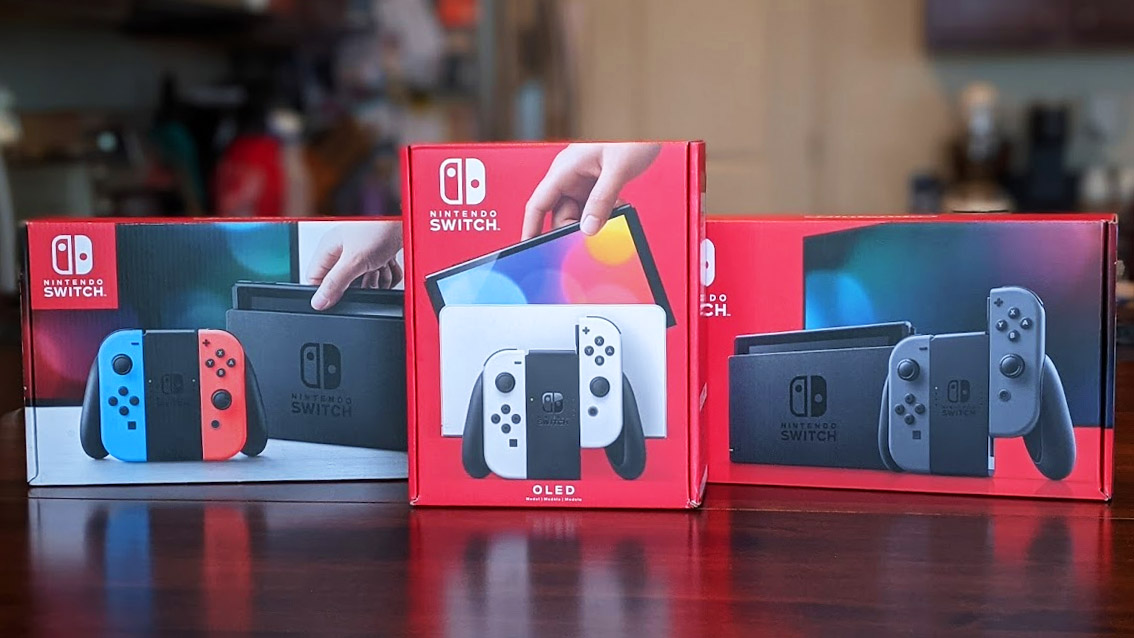 Pictured from left to right: Original Switch box, Switch OLED model box, Switch V2 box.
Pictured from left to right: Original Switch box, Switch OLED model box, Switch V2 box.
The Switch OLED model is the first Switch iteration to have a box that is taller vertically than it is wide. It comes in either a black dock with red and blue Joy-Cons or for the first time ever with a white dock and white Joy-Cons. Since white has never been an official Switch color before, that's the biggest giveaway. Well, that and the large "OLED" word that appears just under the Switch's image.
In case you're wondering, the original Switch box featured a console on a white background while the Switch V2's box is on a red background. So if you know what you're looking for, you can easily tell the boxes apart.
Switching it up
The Switch OLED model might not be the major upgrade that some people were hoping for, but it does bring several improvements to the Switch design. That OLED display in particular is incredibly pretty to look at and really does make a difference when you see it for yourself. However, if that's not enough to entice you, you might be happier sticking with the Switch V2 or the Switch Lite.
Eye candy
Nintendo Switch OLED model
$350 for White at Best Buy $350 for Neon Red & Neon Blue at Best Buy
Gorgeous OLED display
Visuals from your favorite games can be enjoyed even more this bigger 7-inch screen. The colors come through more vibrantly and the details are crisper than with previous Switch iterations.
from iMore - Learn more. Be more.
via TechnW3
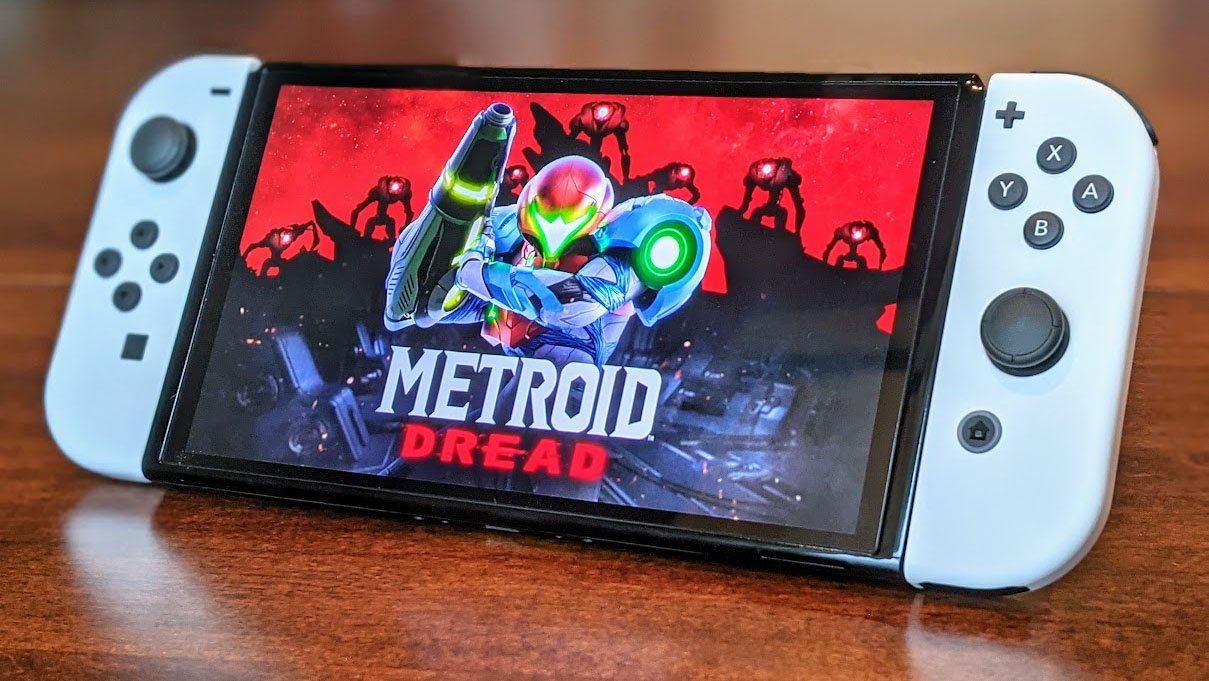
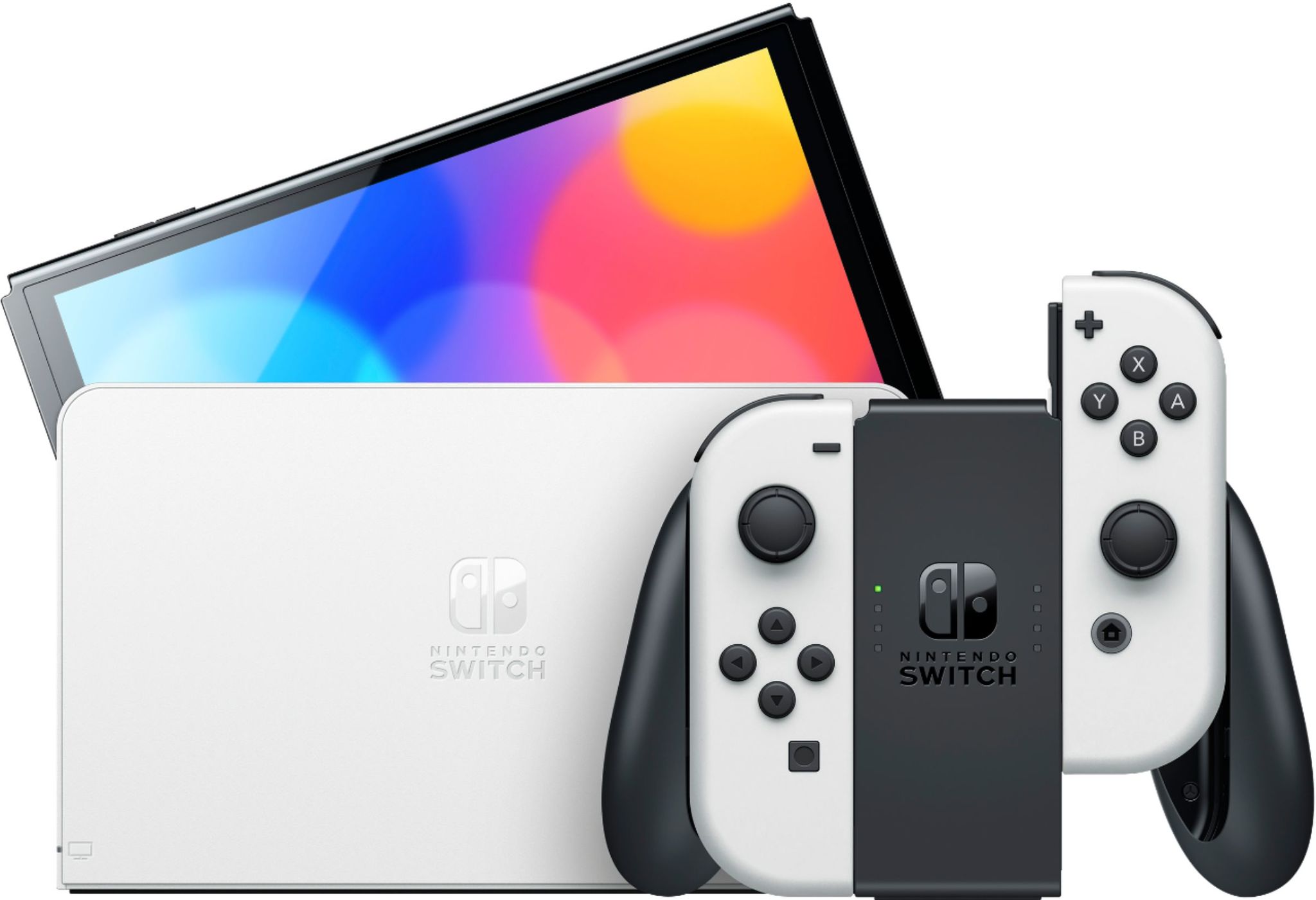
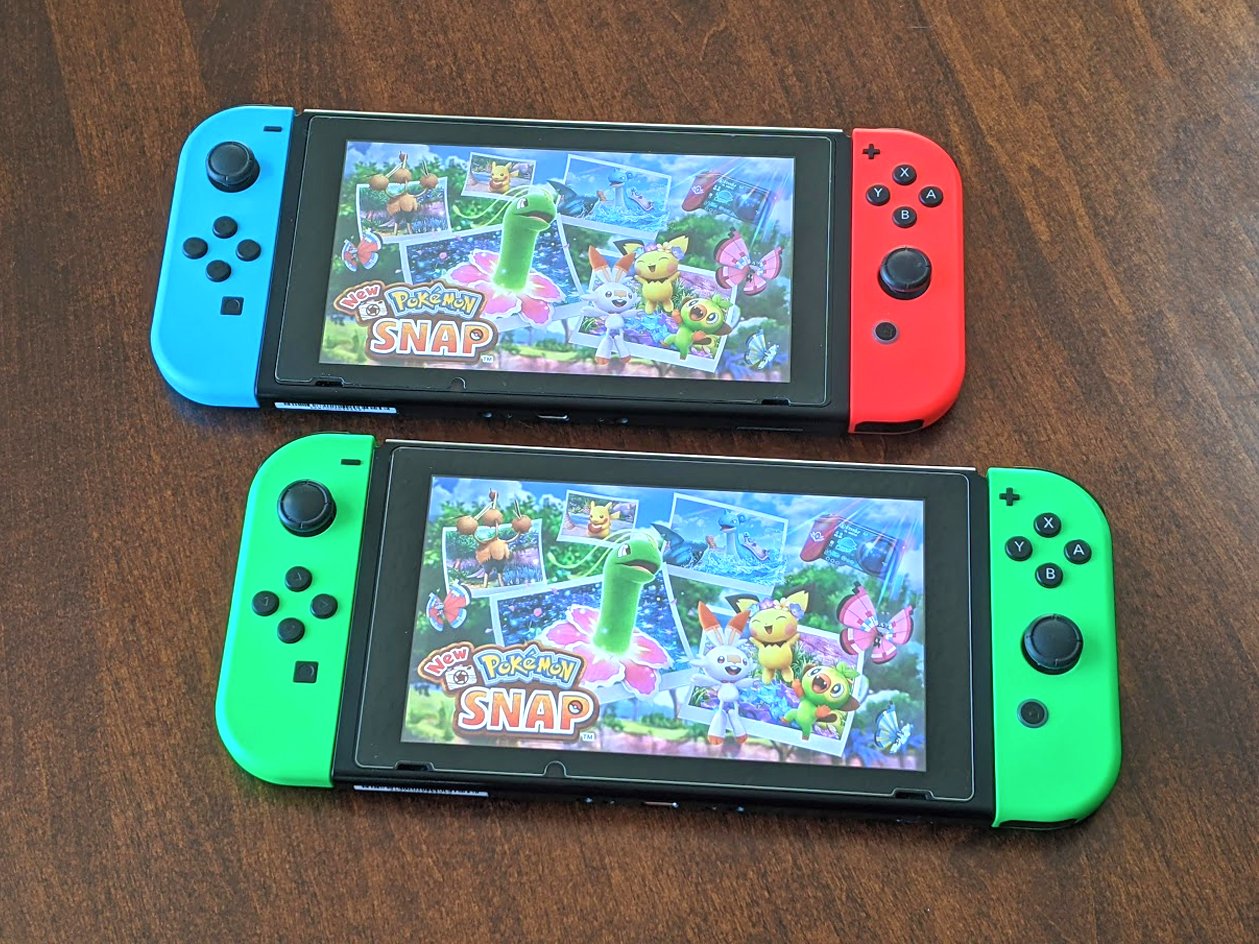
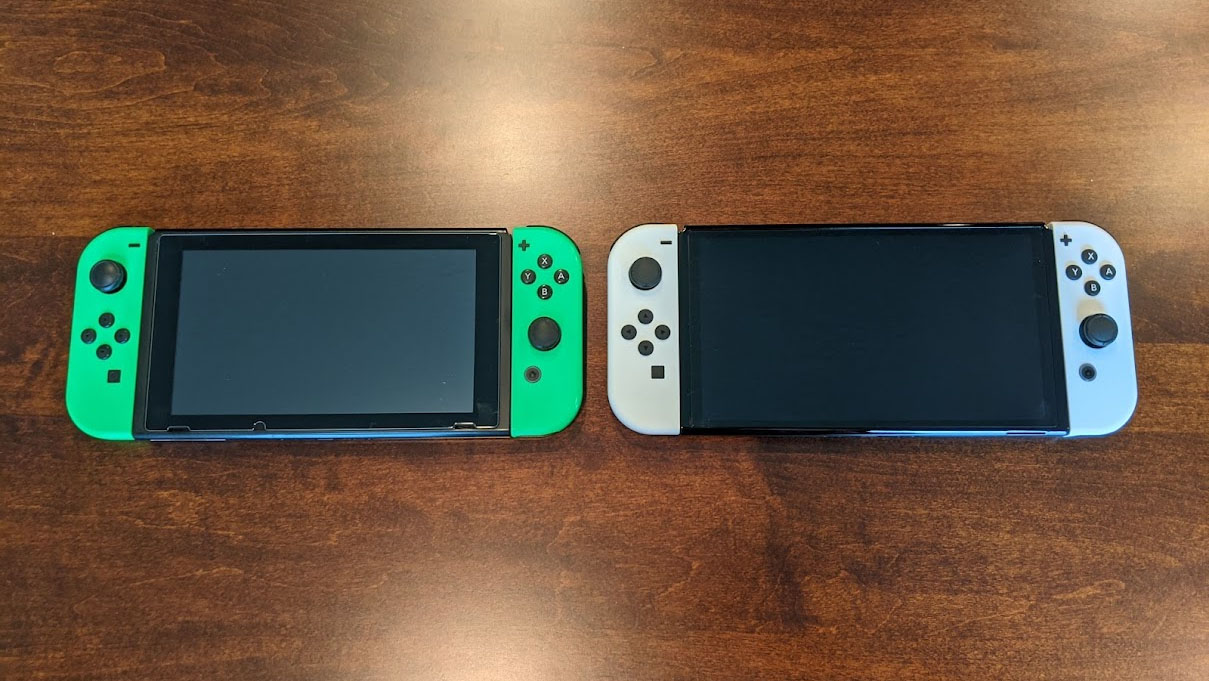
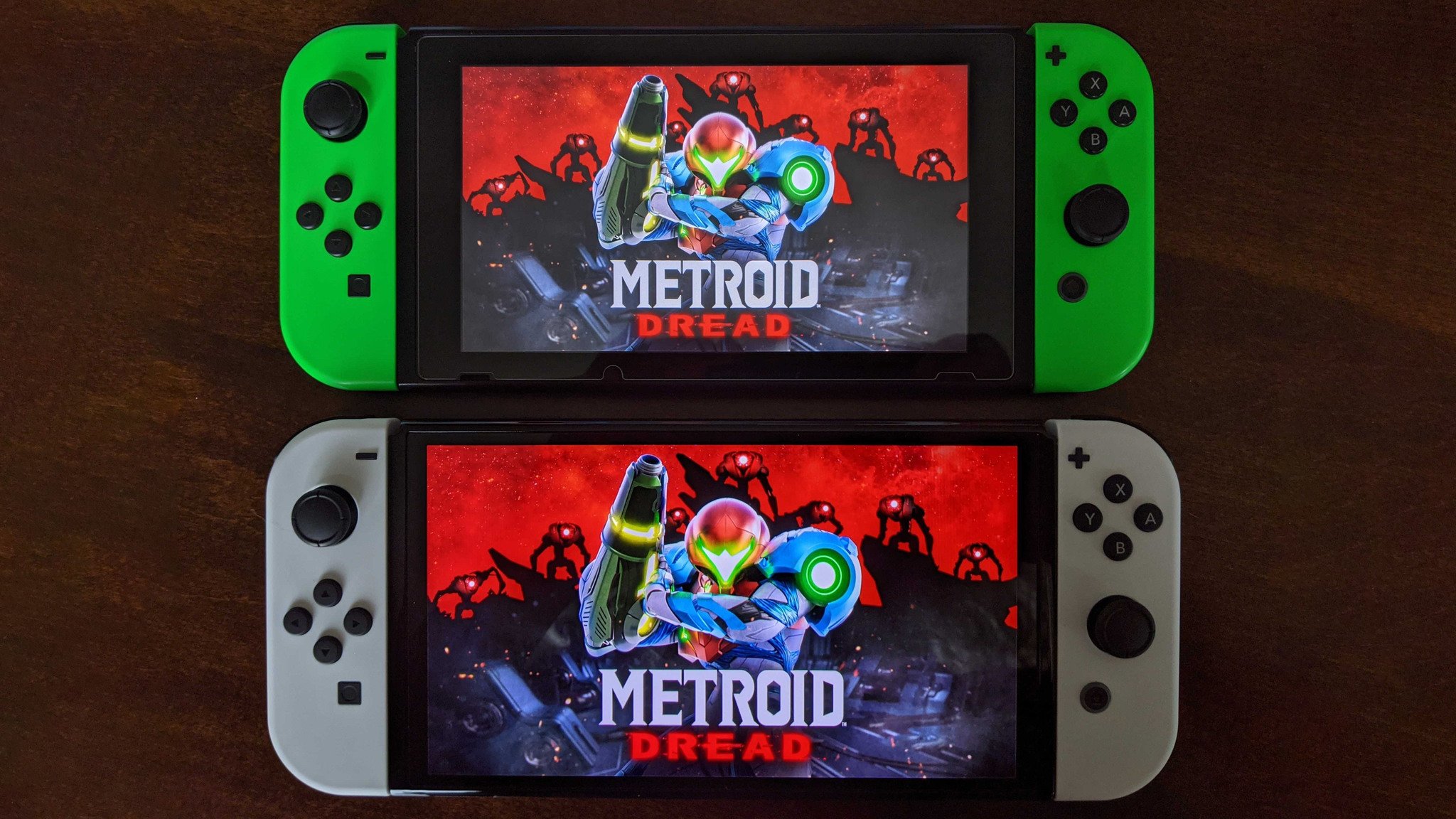
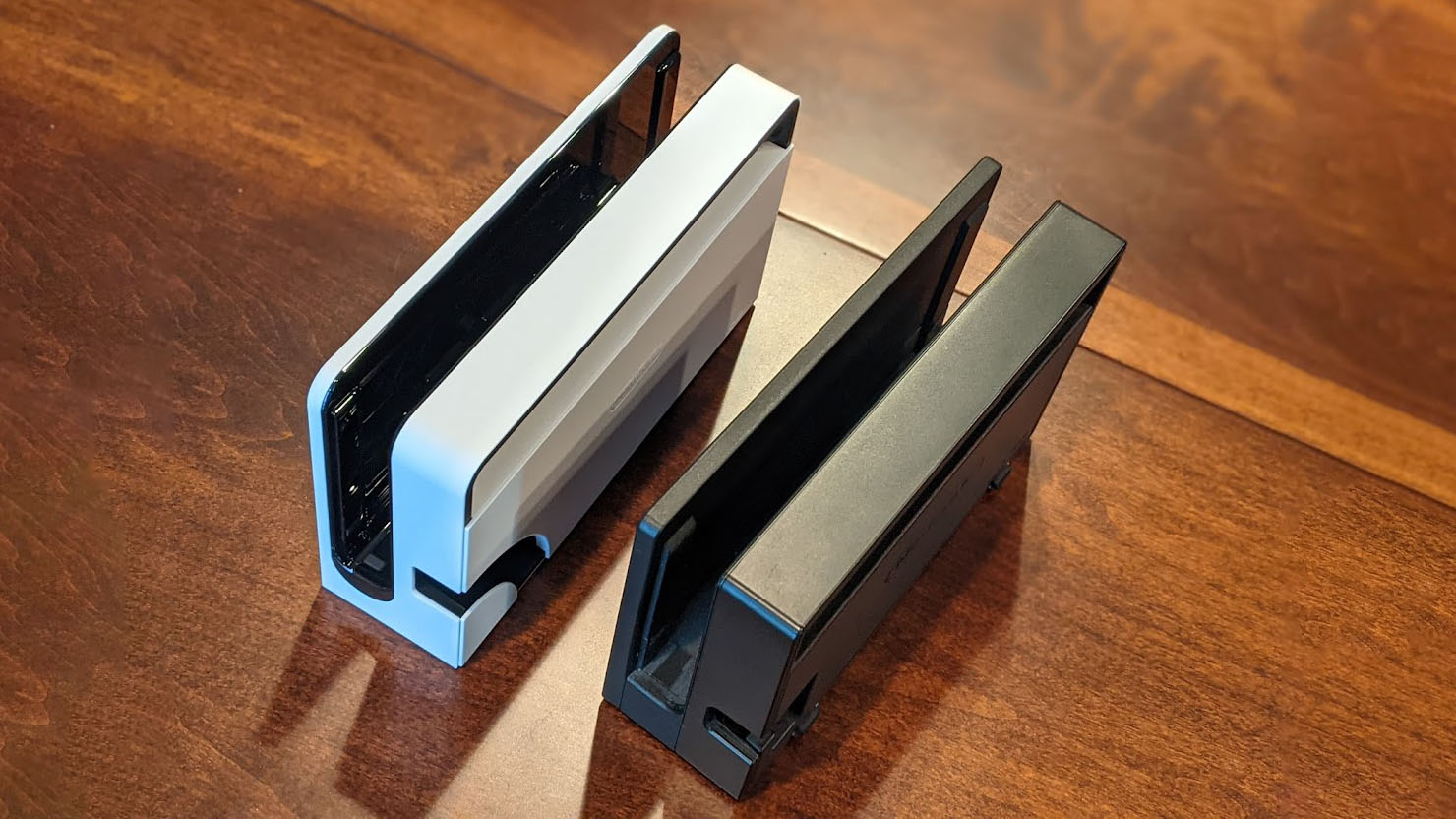
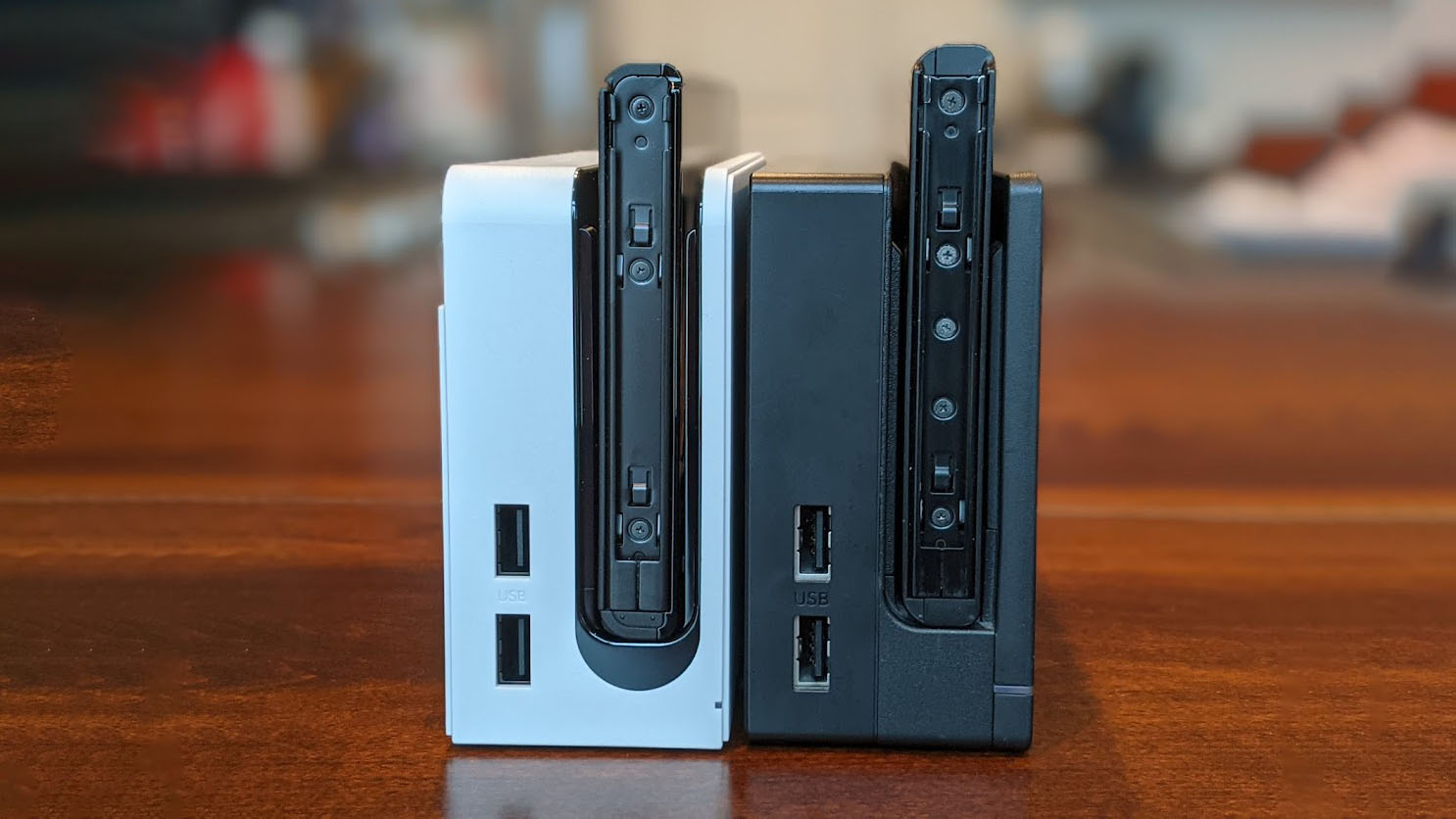
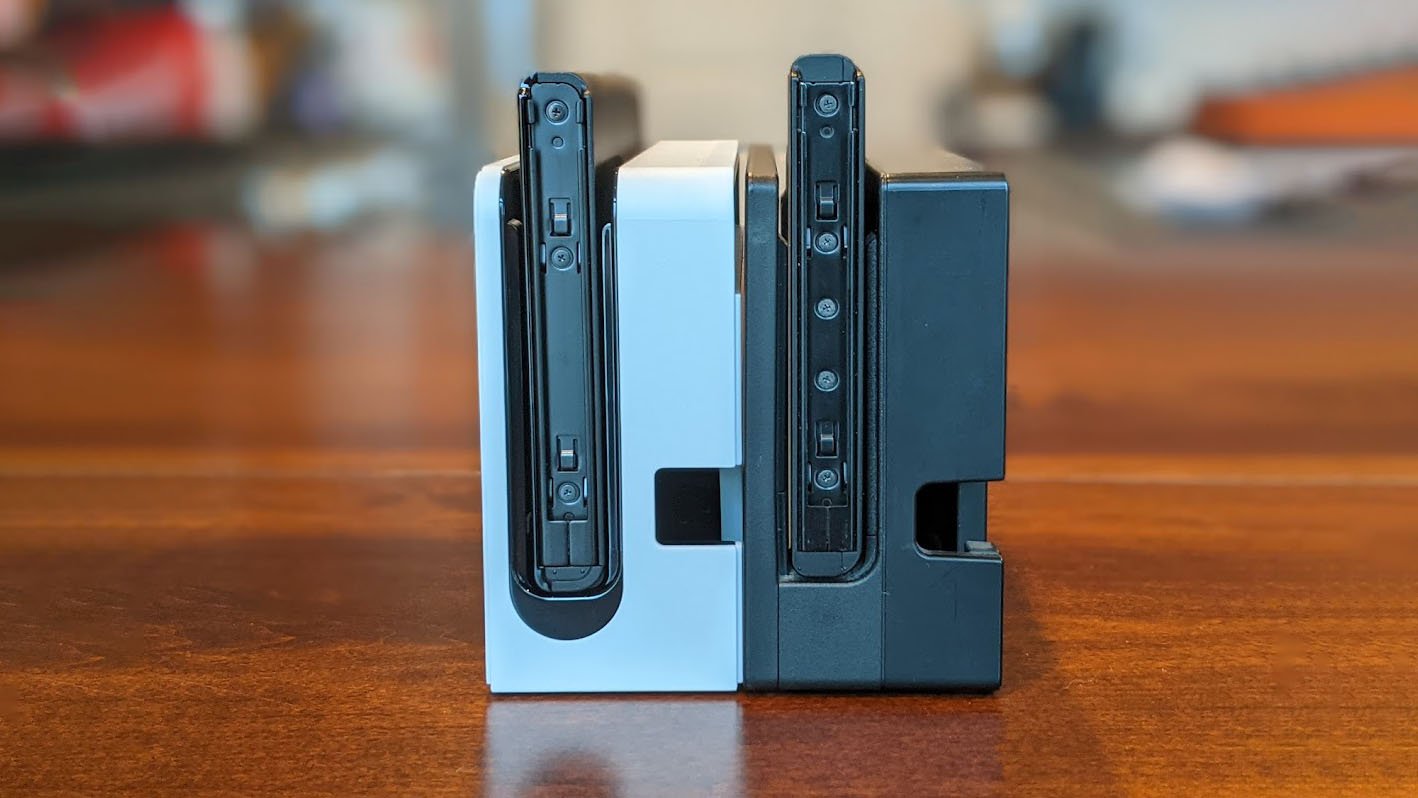
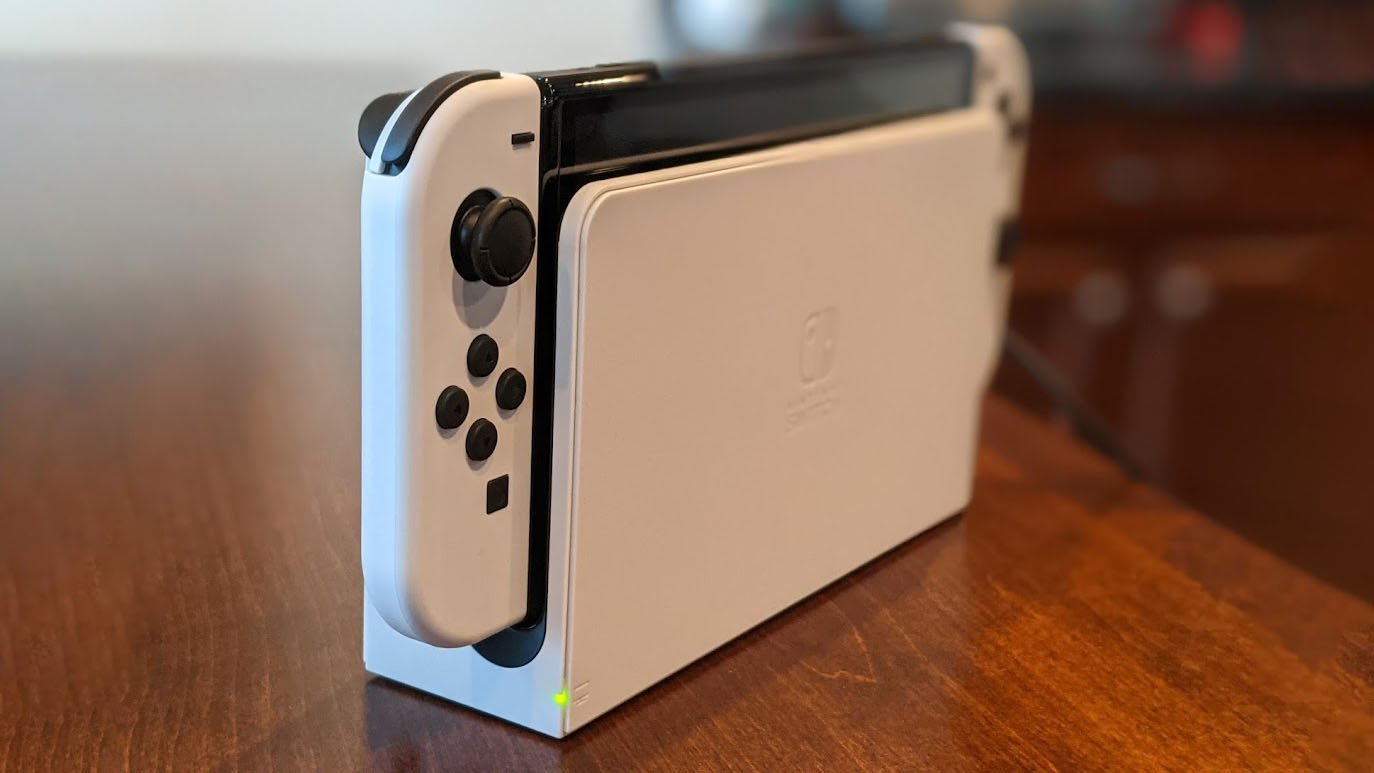
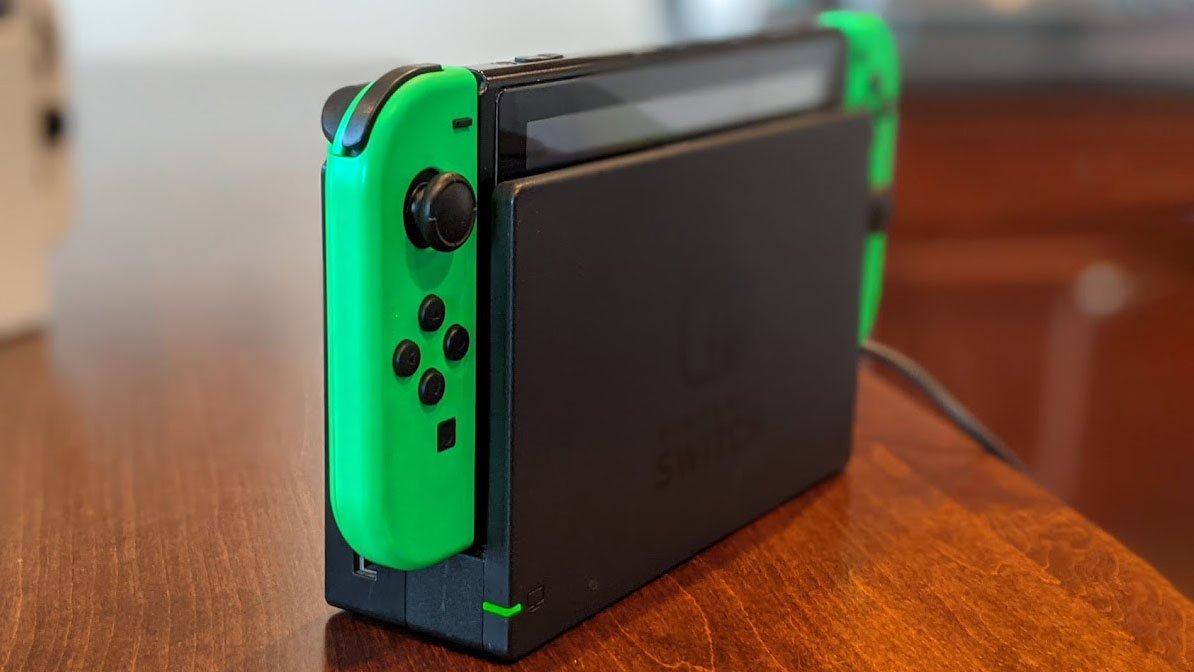
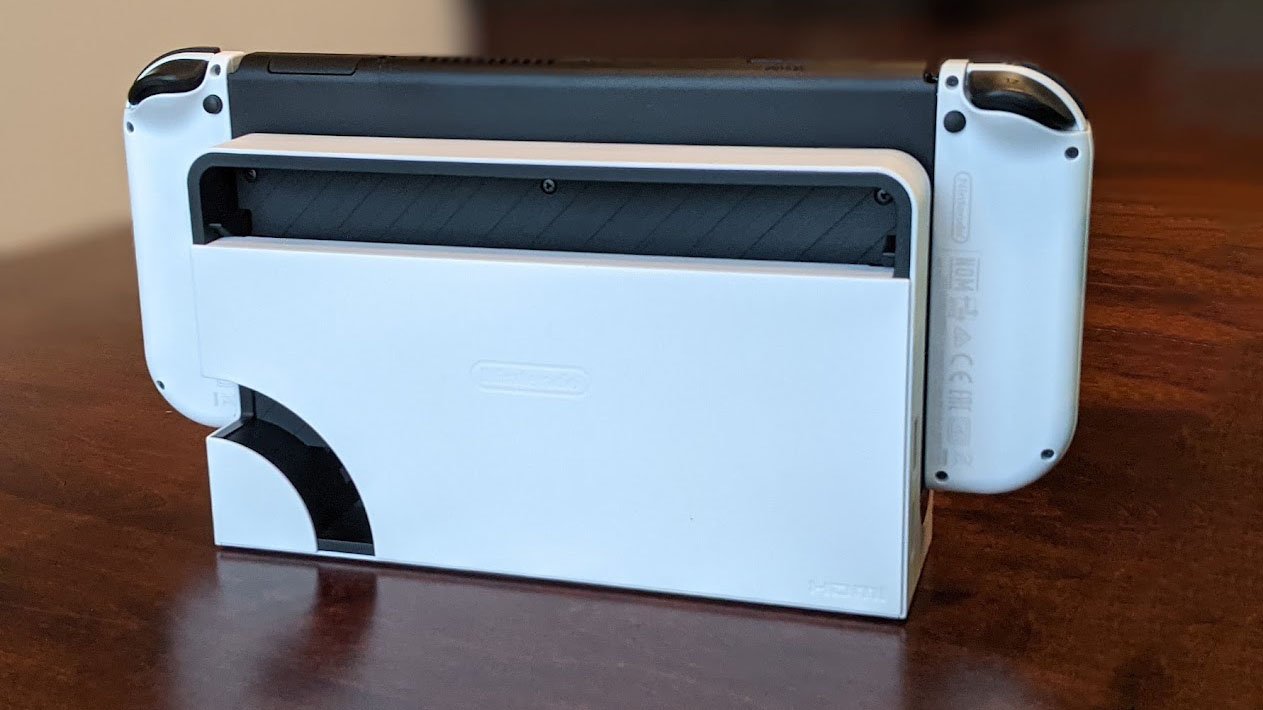
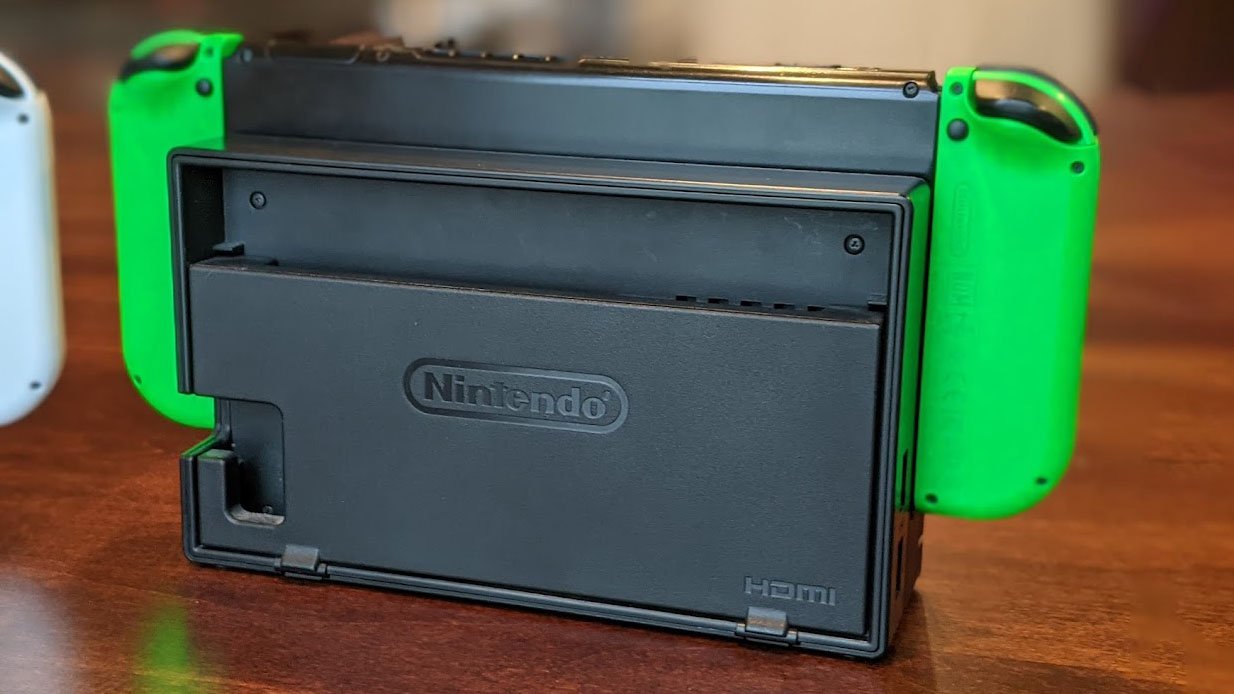
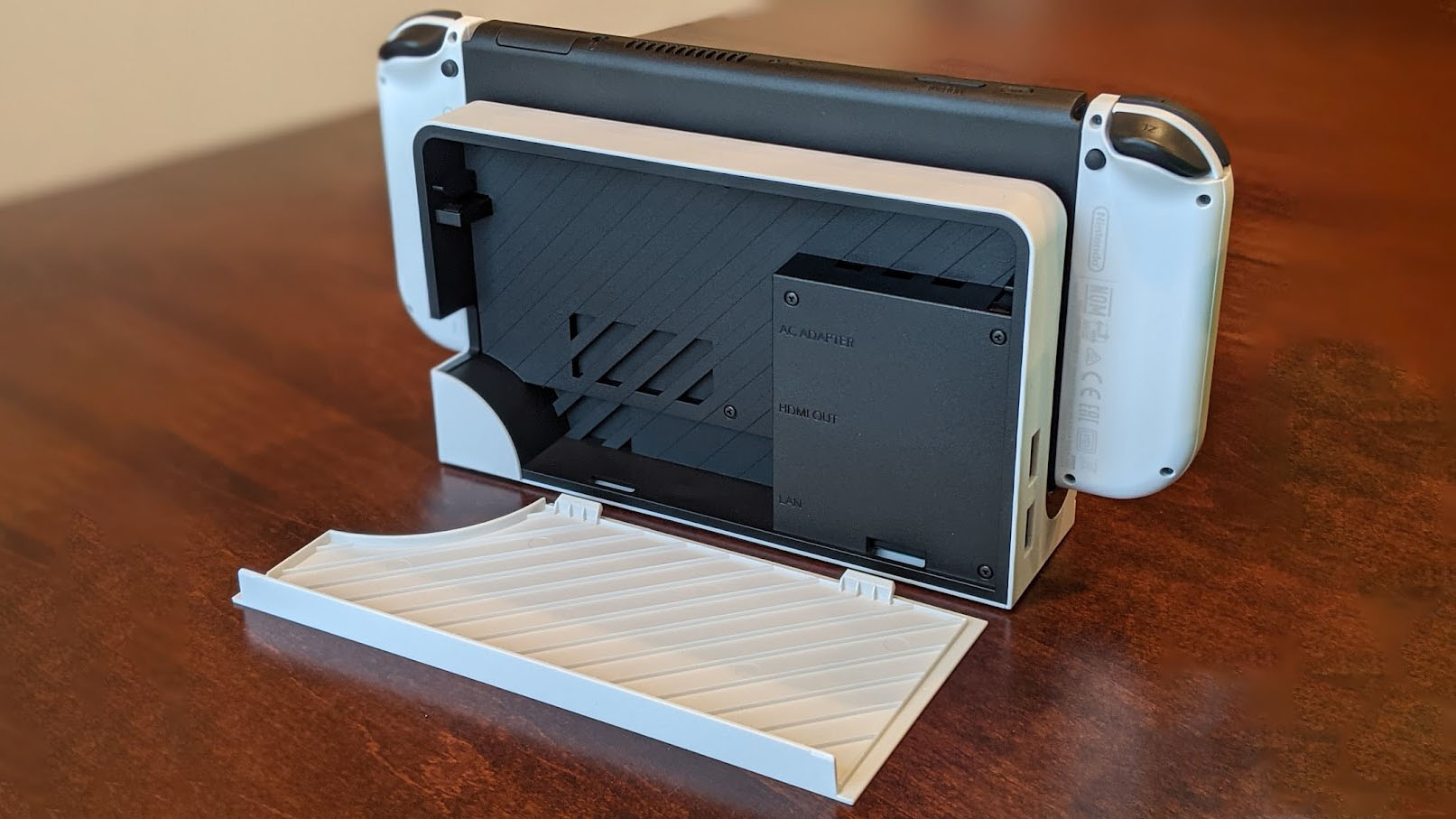
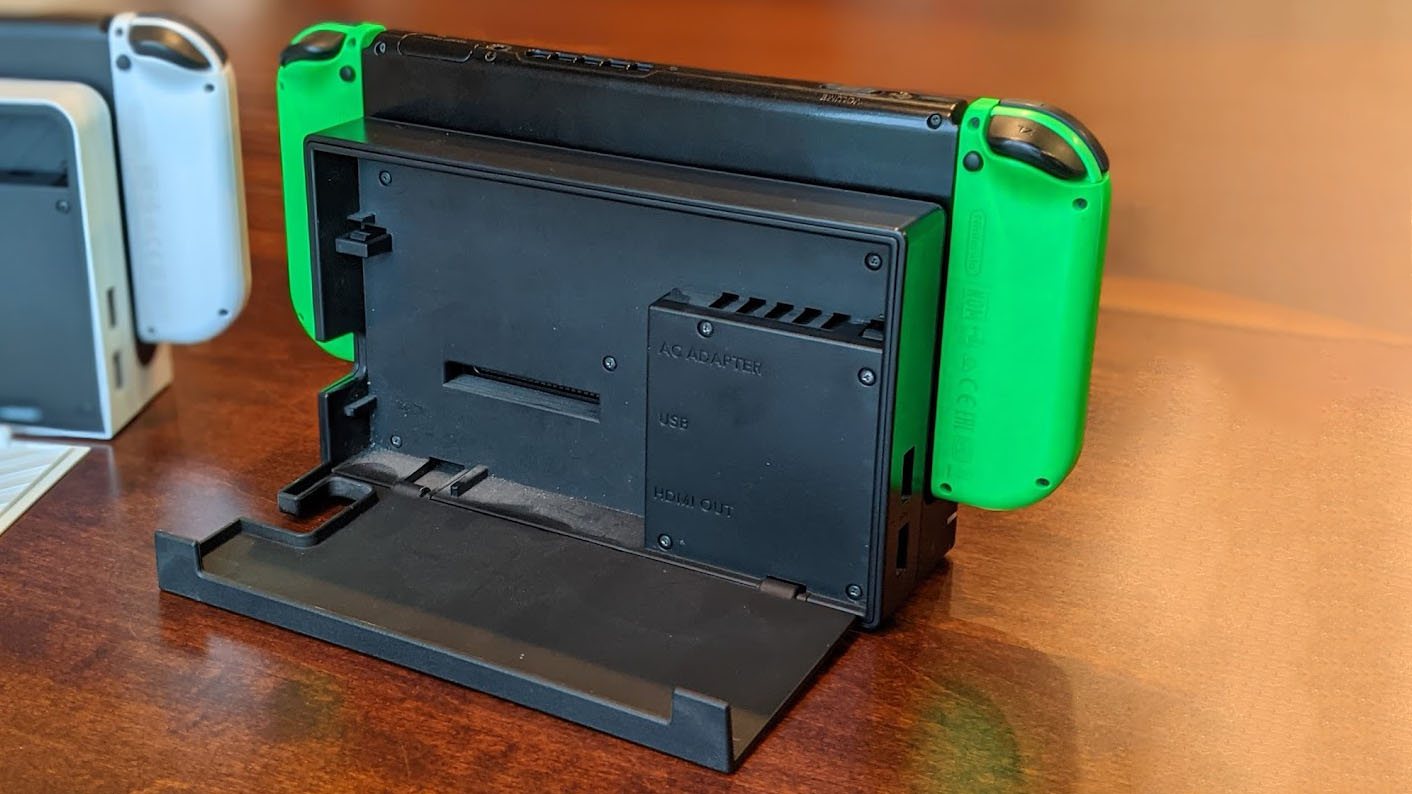
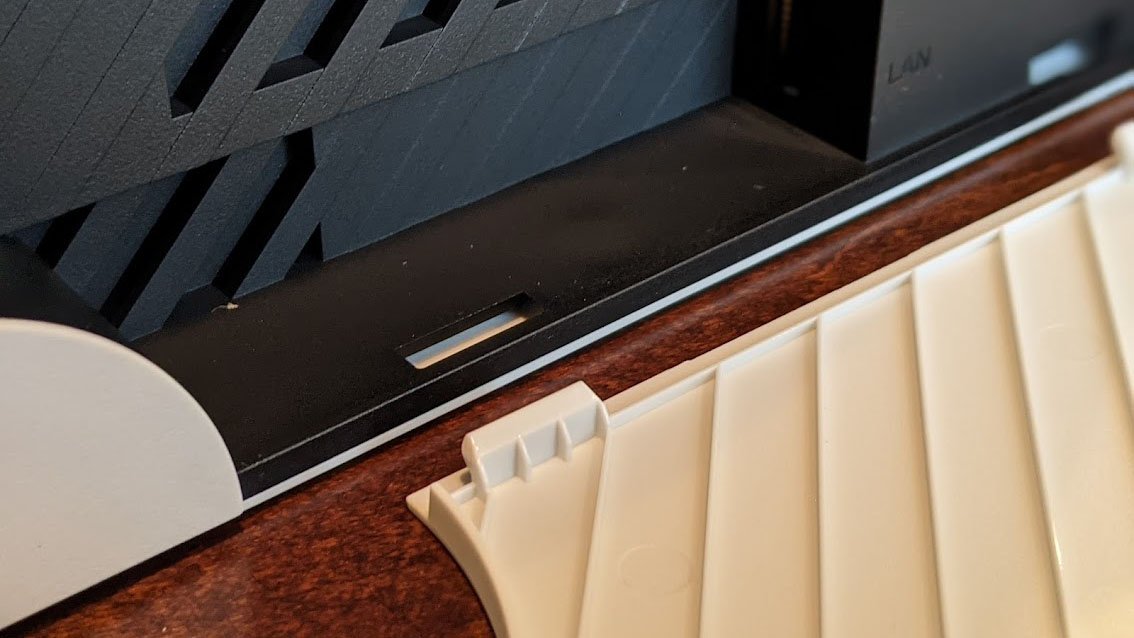
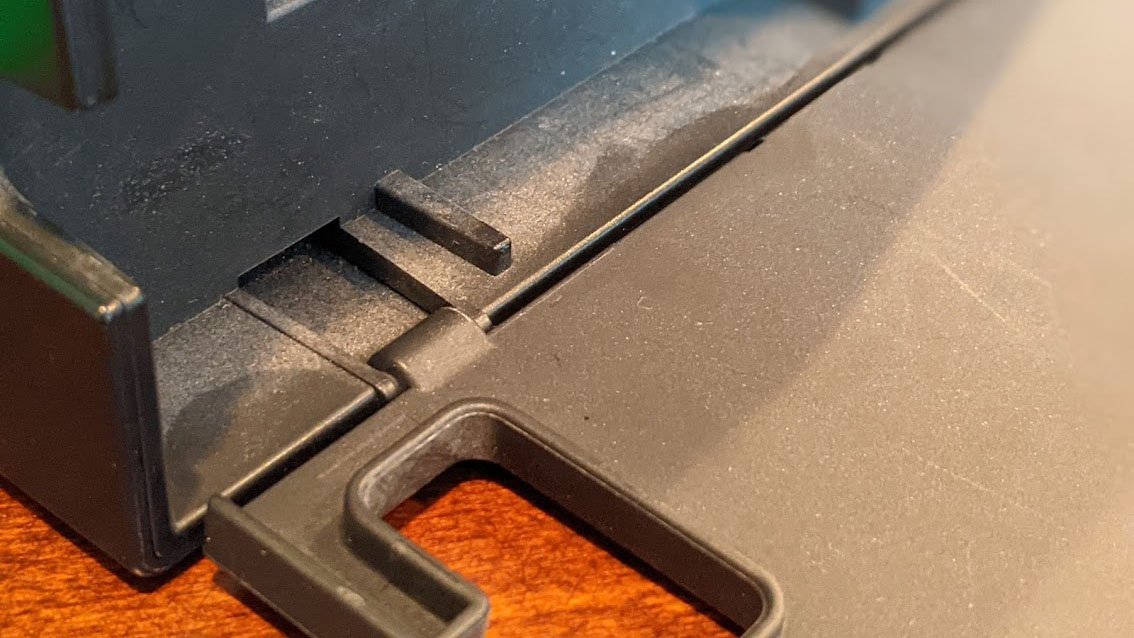
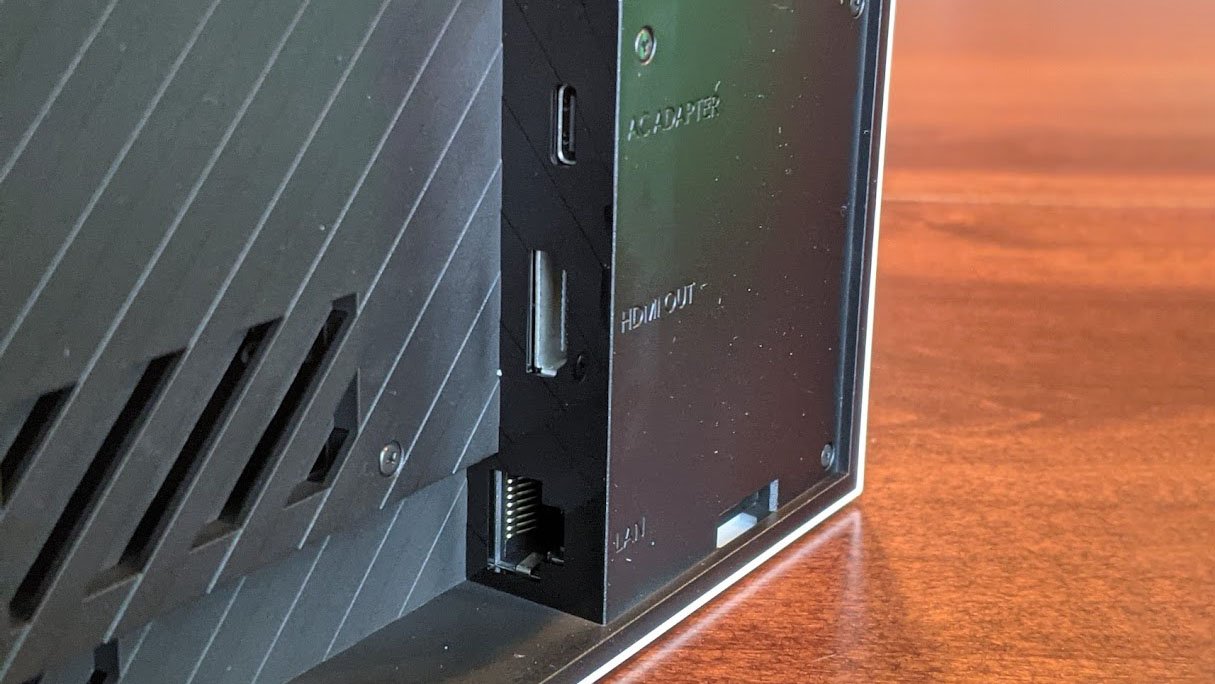
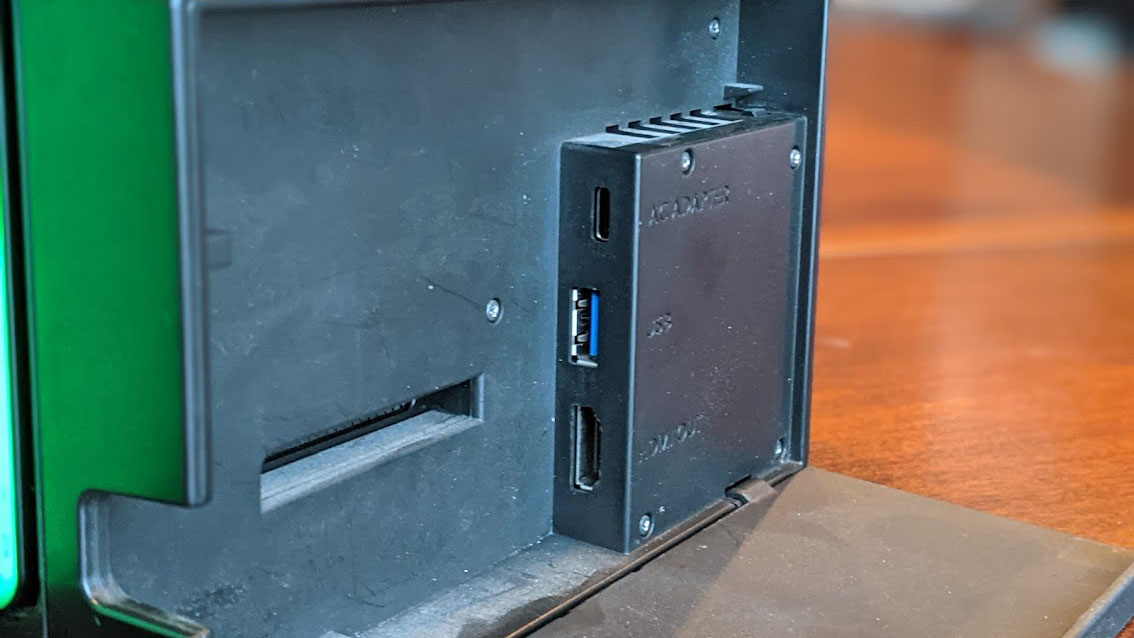
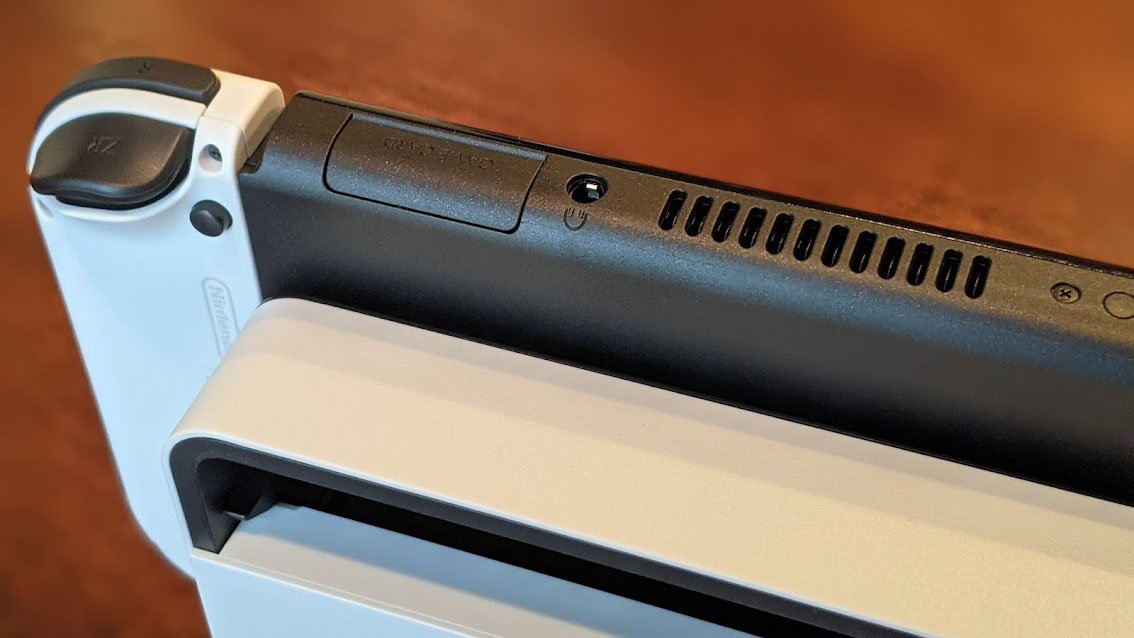
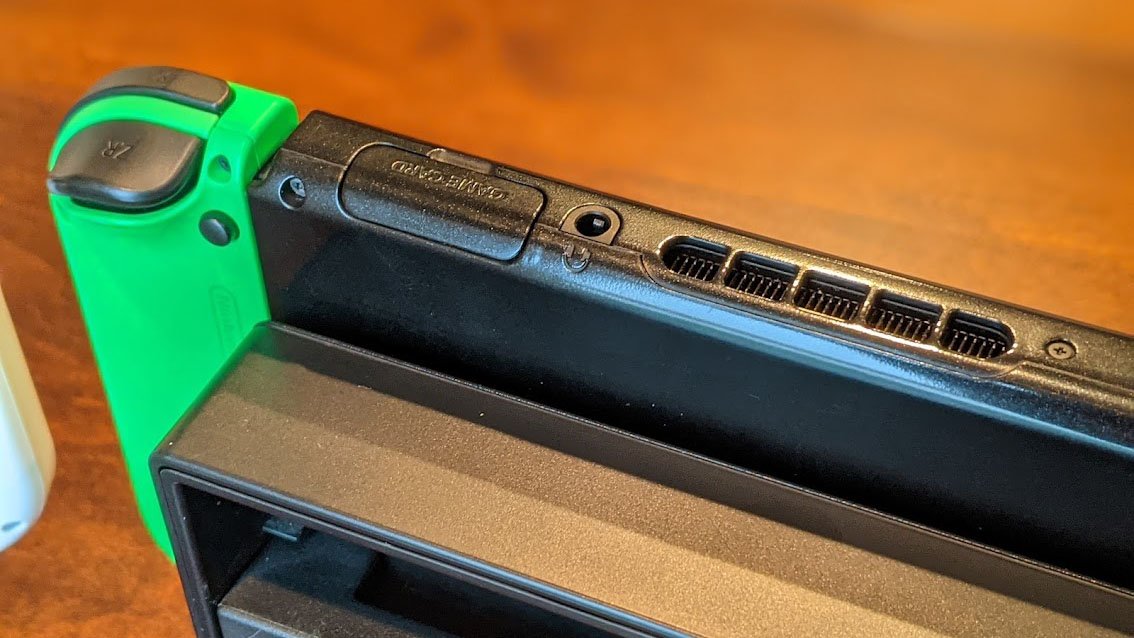
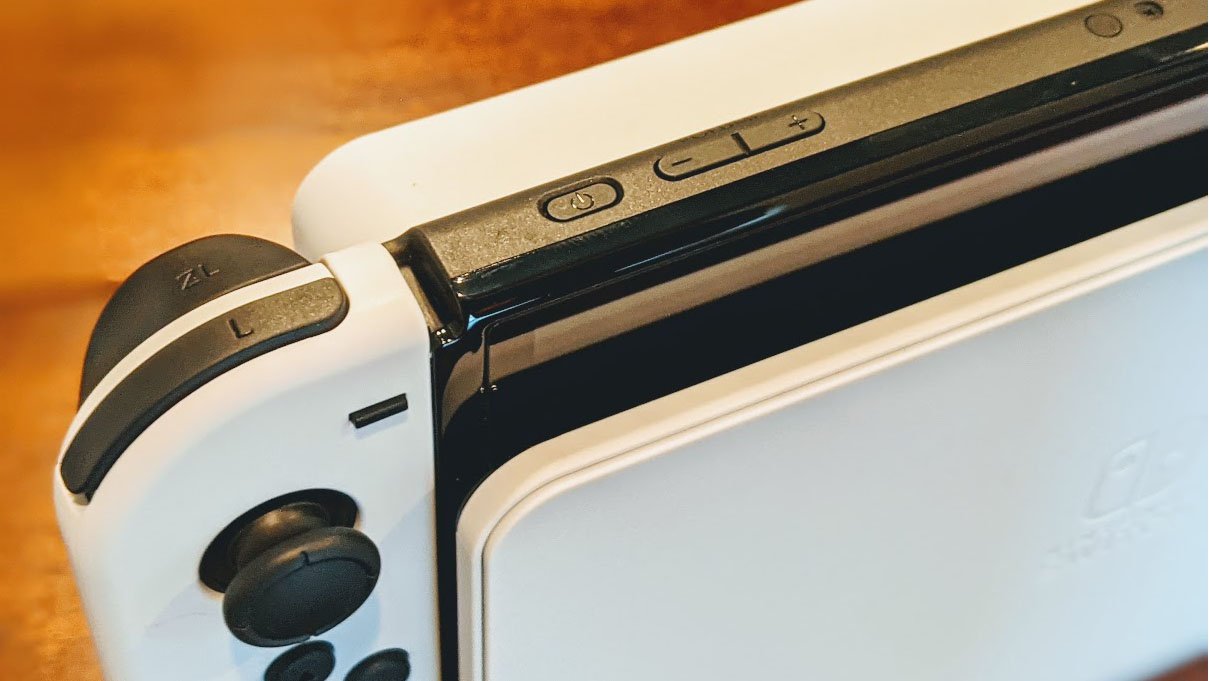
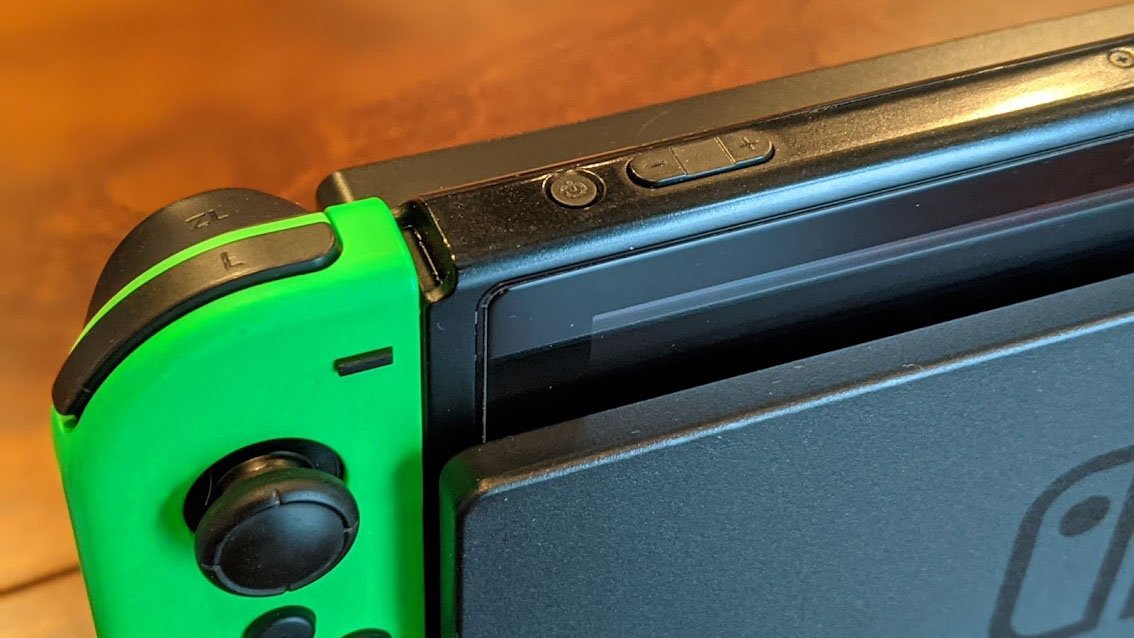
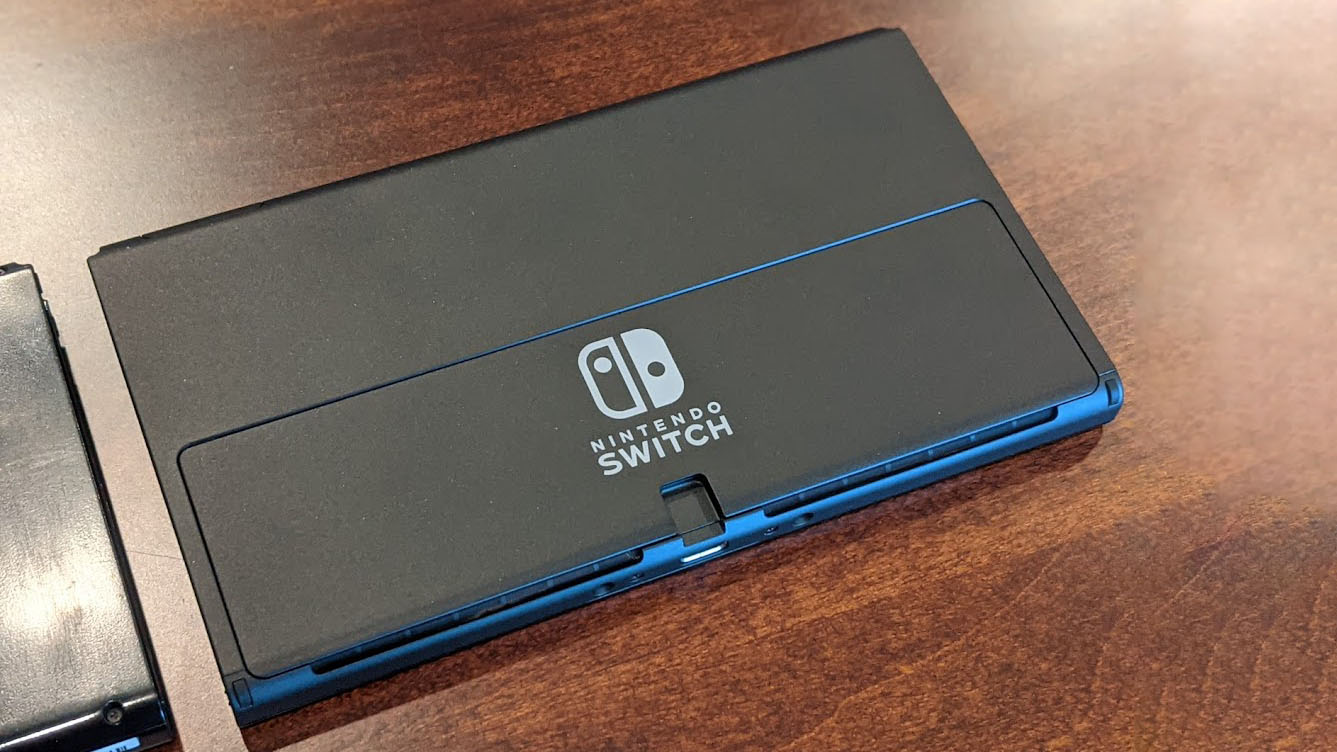
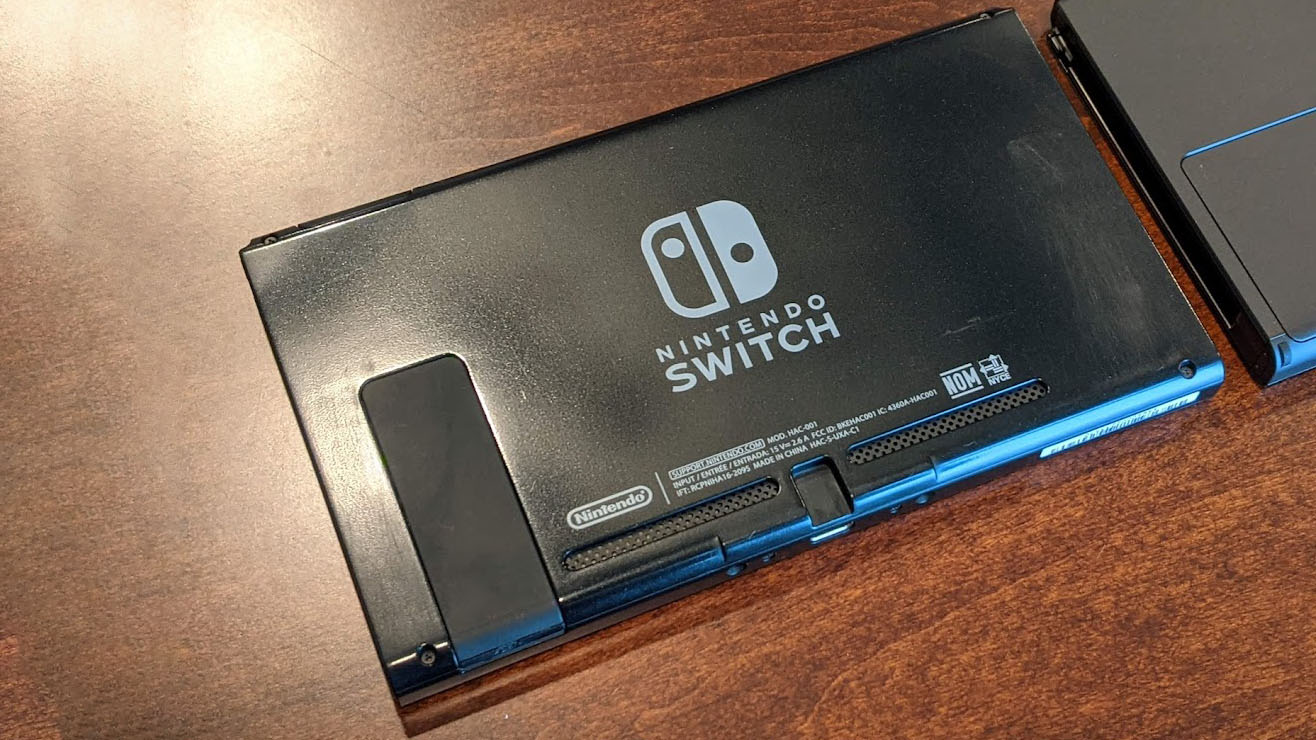
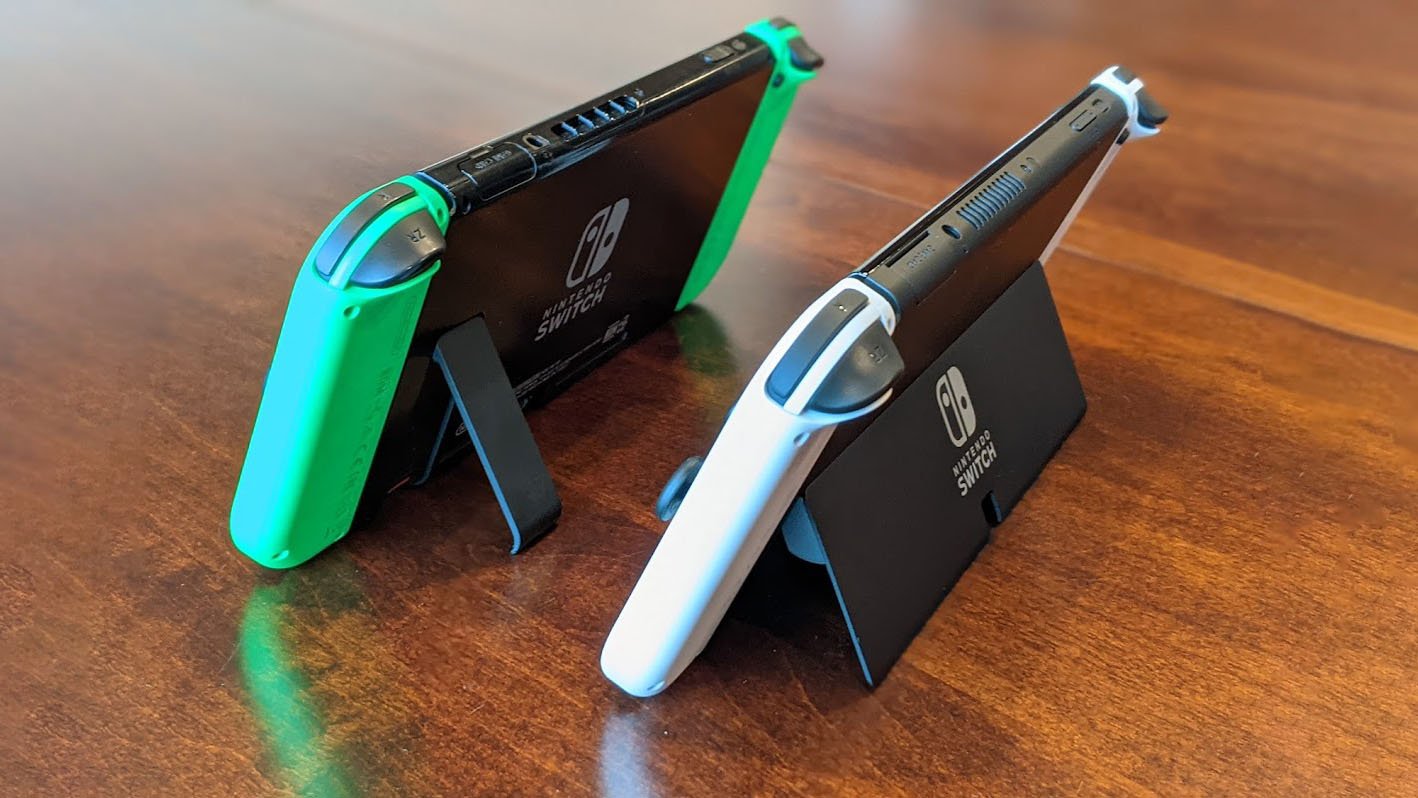
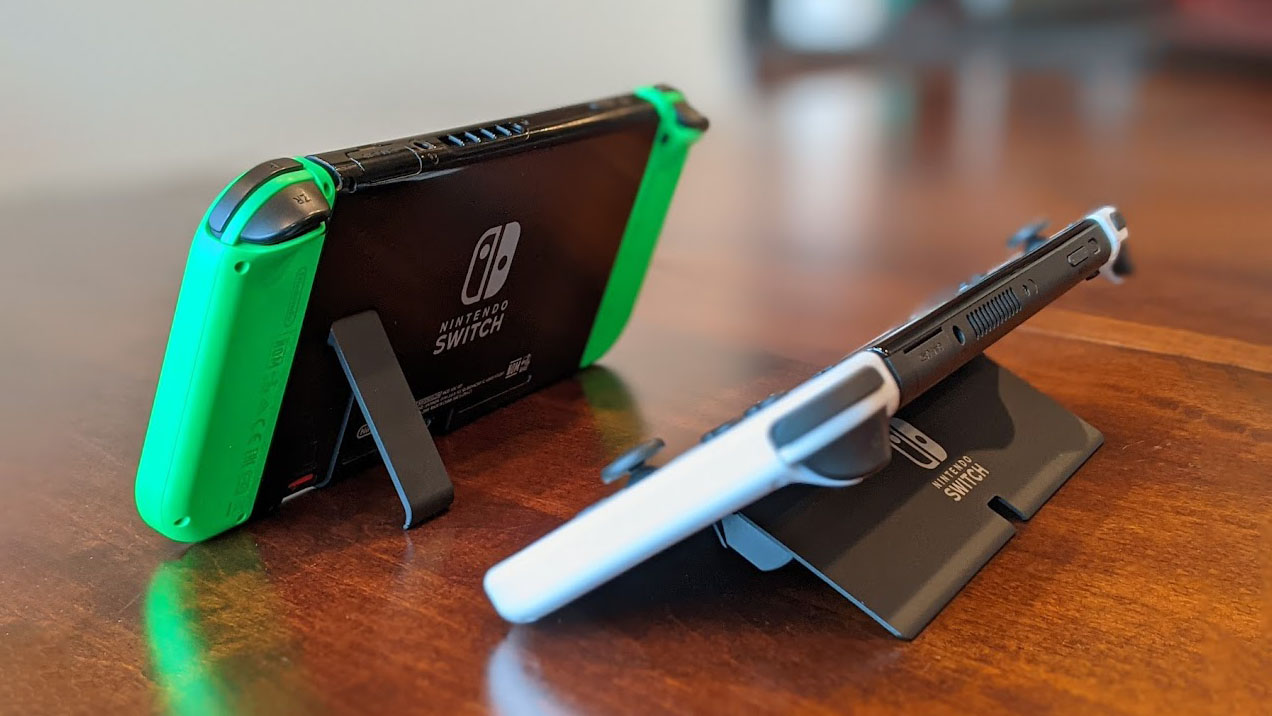
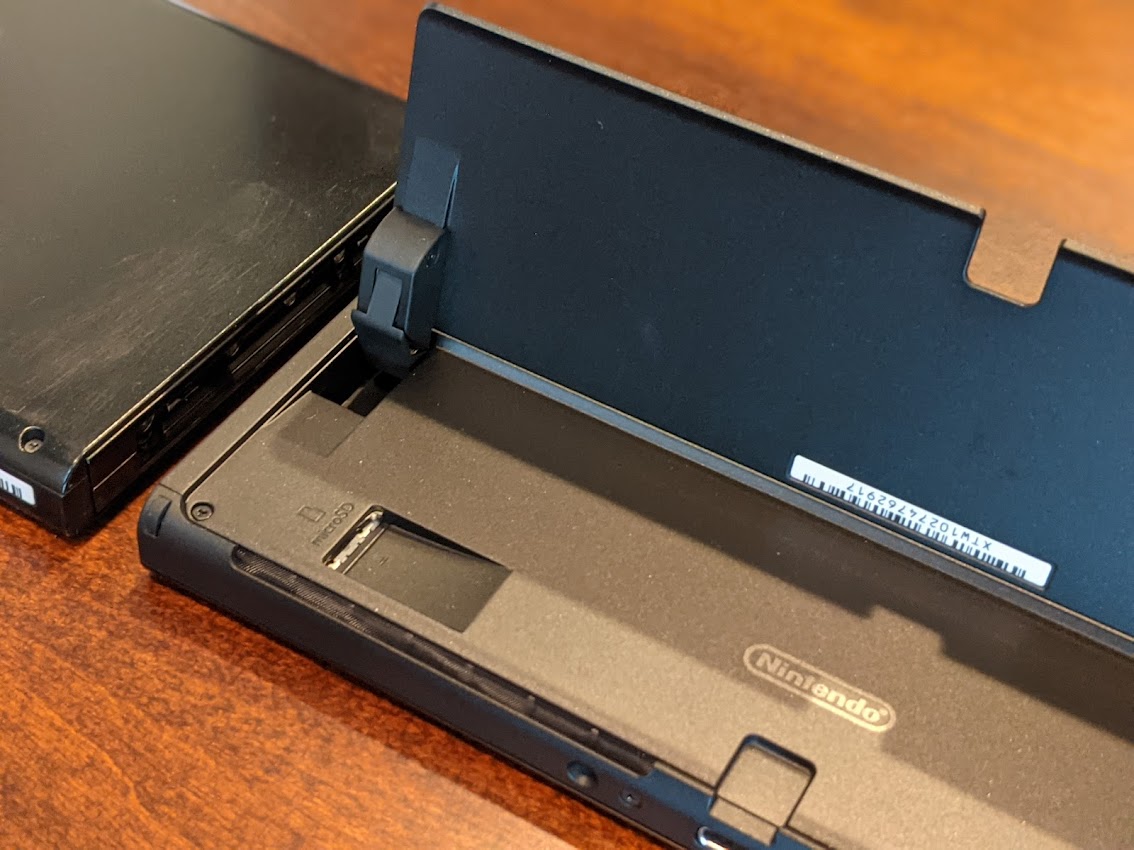
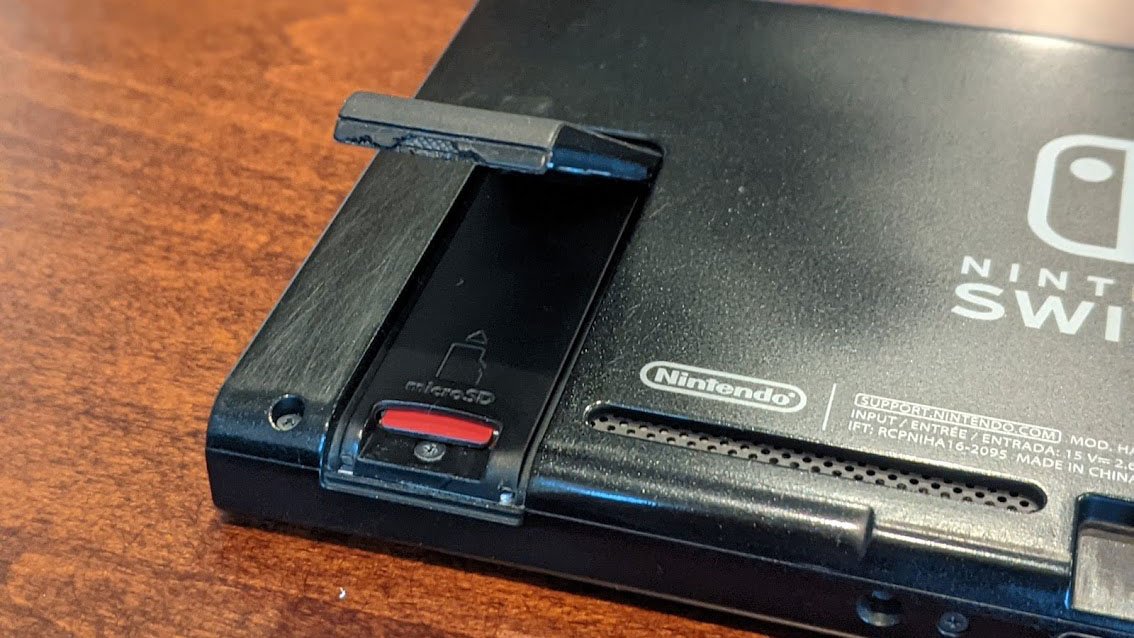
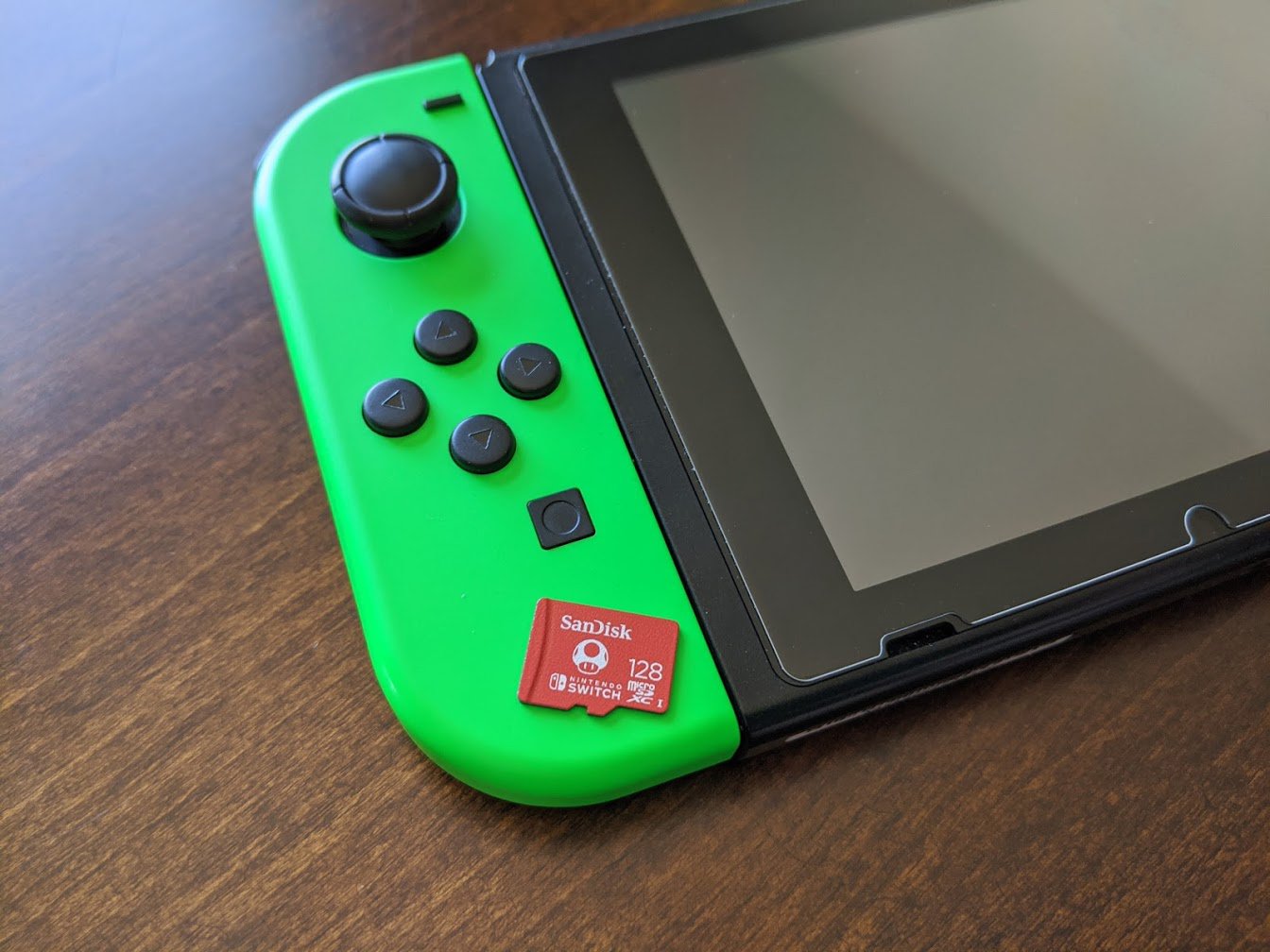
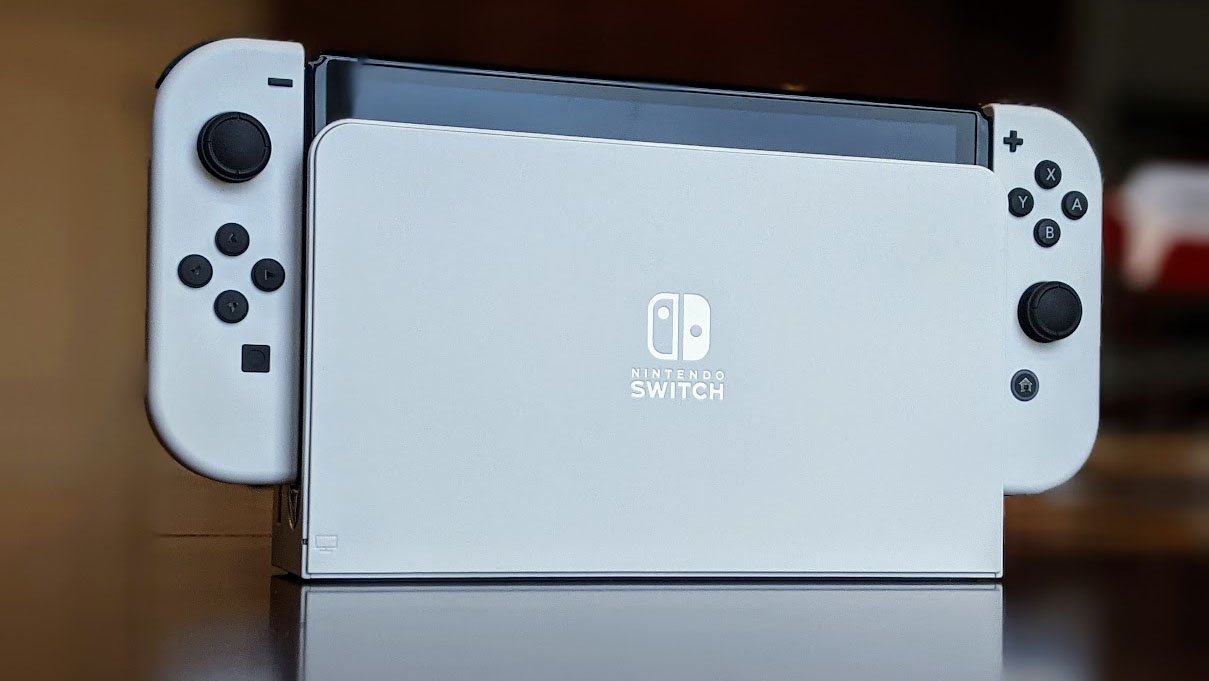
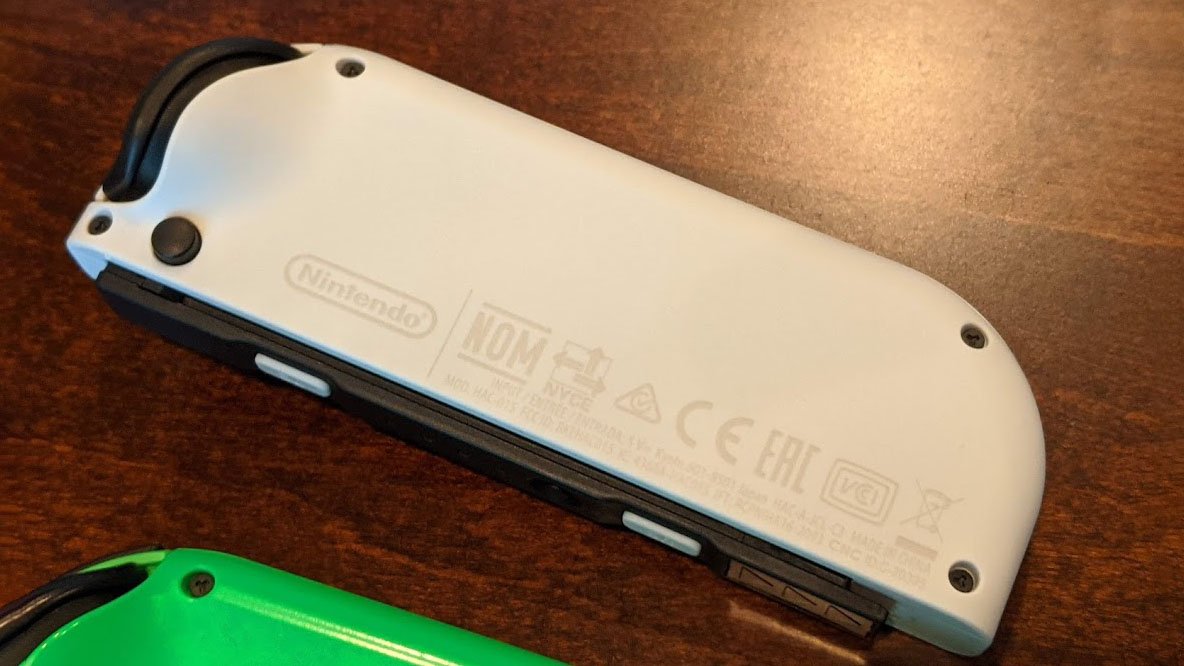
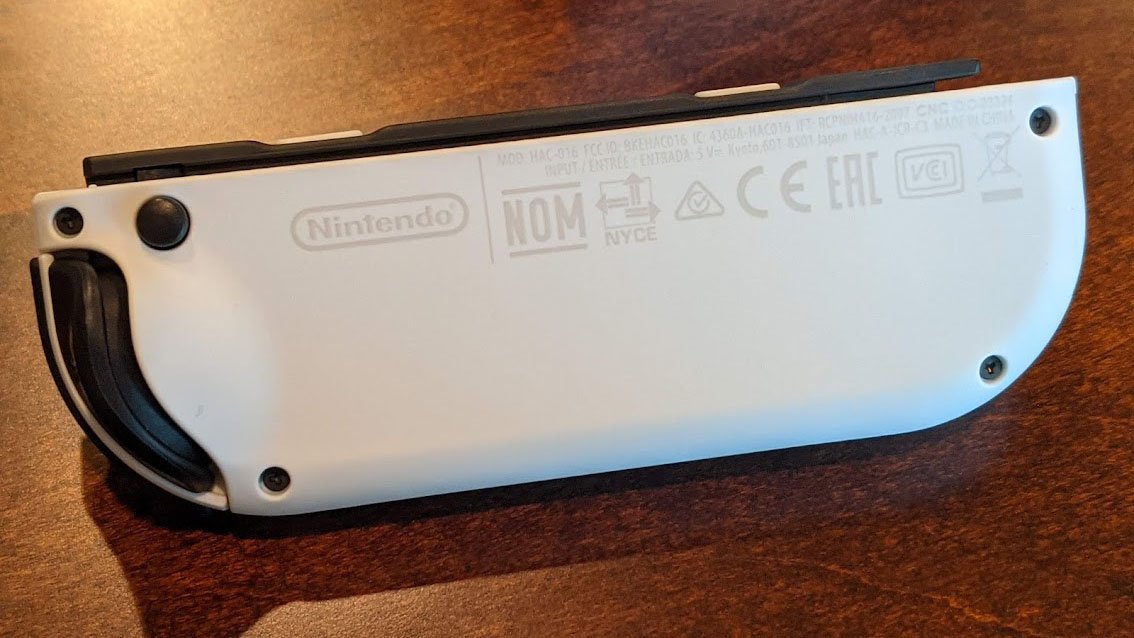

No comments: